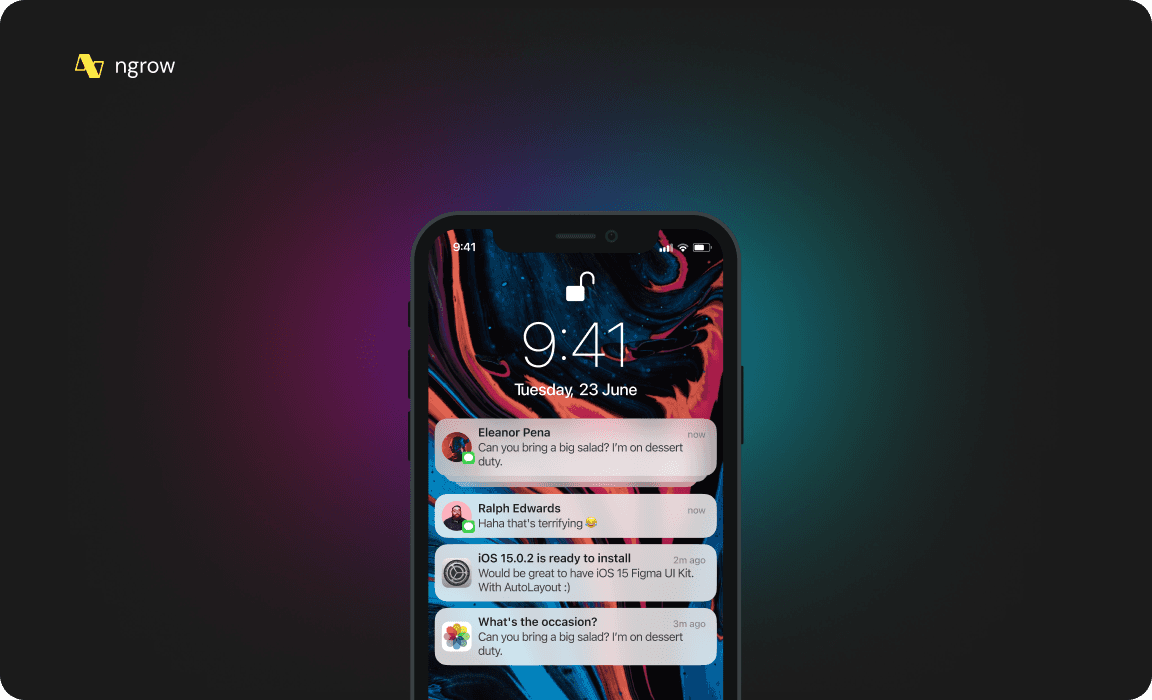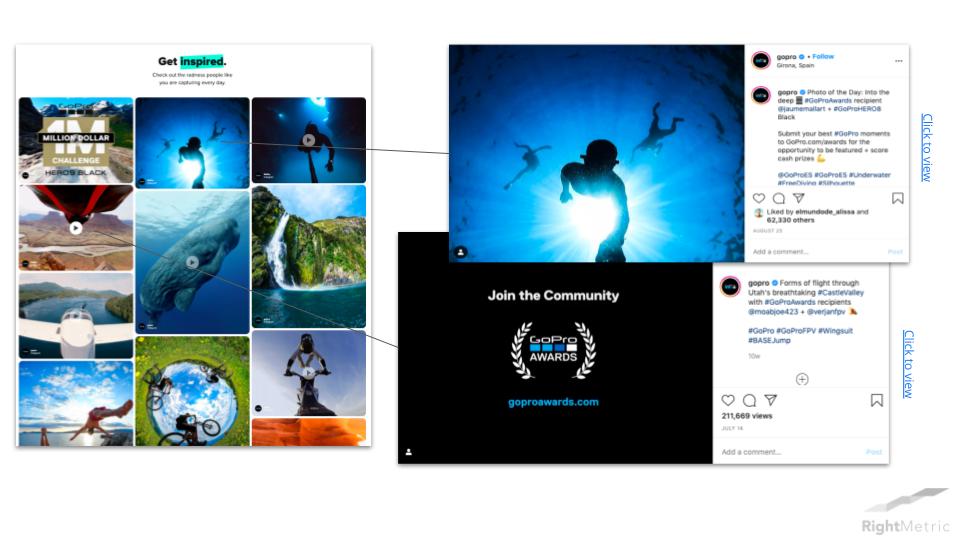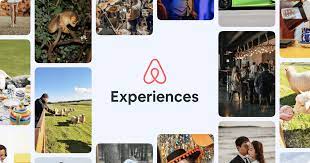2
min to read
Mar 12, 2024

User-generated content (UGC) has emerged as a powerful tool for brands looking to engage their audience, build trust, and drive conversions throughout the customer lifecycle. In this blog article, we will delve into the significance of user-generated content, its impact on lifecycle marketing, and actionable strategies for harnessing UGC effectively to enhance brand visibility and customer loyalty.
Understanding User-generated Content
User-generated content refers to any form of content created by consumers rather than brands themselves. This can include reviews, testimonials, social media posts, photos, videos, blogs, and more. UGC is authentic, relatable, and carries significant influence as it comes directly from satisfied customers or brand advocates.
Importance of User-generated Content in Lifecycle Marketing
Trust and Authenticity: UGC is perceived as more authentic and trustworthy than branded content. By showcasing real experiences and opinions from customers, brands can build credibility and establish trust with their audience at every stage of the customer journey.
Engagement and Social Proof: User-generated content encourages engagement and interaction with the brand. When customers see others like them sharing positive experiences, it serves as social proof, influencing their purchasing decisions and fostering a sense of community around the brand.
Content Variety and Freshness: UGC provides a diverse range of content that keeps marketing efforts fresh and dynamic. By leveraging user-generated photos, videos, and testimonials, brands can create a continuous stream of relevant and engaging content to captivate their audience throughout the lifecycle.
SEO Benefits: User-generated content can improve search engine optimization (SEO) by increasing website traffic, enhancing user engagement, and generating valuable backlinks. Reviews and user-generated content contribute to a brand's online visibility and credibility, boosting organic search rankings.
Strategies for Leveraging User-generated Content in Lifecycle Marketing
Encourage Reviews and Testimonials: Prompt satisfied customers to leave reviews or testimonials on your website, social media platforms, or third-party review sites. Showcase these testimonials strategically across different touchpoints in the customer journey to build trust and credibility.
Run UGC Campaigns: Launch campaigns that encourage users to create and share content related to your brand or products. This can include photo contests, hashtag campaigns, or challenges that inspire user participation and generate a buzz around your brand.
Feature User-generated Content: Highlight user-generated photos, videos, or reviews on your website, social media channels, and marketing materials. By showcasing real customer experiences, you can create a sense of authenticity and relatability that resonates with your audience.
Create Community Platforms: Build online communities or forums where customers can share their experiences, ask questions, and engage with each other. By fostering a sense of community around your brand, you can encourage user-generated content creation and strengthen customer relationships.
Collaborate with Influencers: Partner with influencers or brand advocates who can create and share user-generated content on behalf of your brand. Influencer-generated UGC can reach a wider audience and lend credibility to your brand through authentic endorsements.
Best Practices for Implementing User-generated Content
Obtain Consent: Always seek permission from users before featuring their content to ensure compliance with privacy regulations and intellectual property rights.
Monitor and Moderate: Regularly monitor user-generated content to maintain quality and relevance. Implement moderation guidelines to filter out inappropriate or irrelevant content that may harm your brand reputation.
Engage with Contributors: Acknowledge and engage with users who create and share content about your brand. Respond to comments, thank contributors, and show appreciation for their support to foster a positive relationship with your community.
Measure Performance: Track key metrics such as engagement rates, conversion rates, and sentiment analysis to evaluate the impact of user-generated content on your marketing efforts. Use data insights to optimize future campaigns and maximize ROI.
Stay Authentic: Maintain the authenticity of user-generated content by allowing customers to share their genuine experiences and opinions. Avoid overly promotional or scripted content that may come across as inauthentic to your audience.
Here are a few examples of brands effectively harnessing user-generated content in their lifecycle marketing strategies:
GoPro:
UGC Showcase: GoPro has built its brand around user-generated content, encouraging customers to share their action-packed videos and photos captured with GoPro cameras. By featuring user-generated content on their website, social media channels, and marketing materials, GoPro showcases the versatility and quality of their products through real-life experiences shared by their customers.

Starbucks:
#RedCupContest: Starbucks launched the #RedCupContest, inviting customers to share photos of their festive holiday drinks in Starbucks' iconic red cups on social media. This user-generated content campaign not only generated buzz around Starbucks' seasonal offerings but also created a sense of community and engagement among Starbucks enthusiasts, driving brand loyalty and social proof.

Airbnb:
Airbnb Experiences: Airbnb leverages user-generated content by showcasing authentic travel experiences shared by hosts and guests on their platform. By featuring user stories, photos, and reviews, Airbnb provides social proof and inspires trust among potential travelers, encouraging them to book unique accommodations and experiences through the platform.

Lush Cosmetics:
#LushCommunity: Lush Cosmetics actively engages with their community of customers through the #LushCommunity hashtag on social media. By encouraging users to share their favorite Lush products, skincare routines, and bath creations, Lush harnesses user-generated content to showcase the effectiveness and versatility of their natural beauty products while fostering a sense of belonging and connection among their customers.

In conclusion, user-generated content is a game-changer in lifecycle marketing, offering brands a powerful way to engage customers, build trust, and drive conversions throughout the customer journey. By harnessing the authenticity and influence of user-generated content, brands can create meaningful connections with their audience, enhance brand visibility, and cultivate long-lasting customer relationships. Embrace the potential of UGC to transform your marketing strategy and unlock new opportunities for growth in the digital age.



